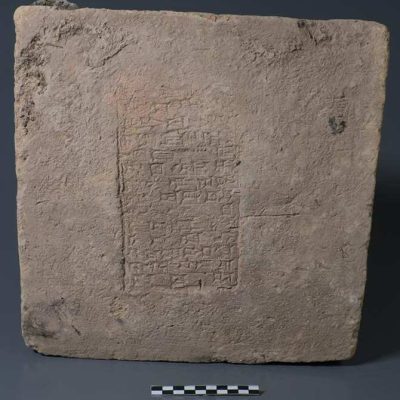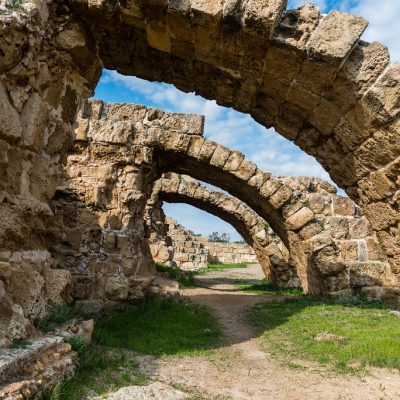A recent study by the University of Heidelberg has revealed that a complex trading system connected Asia and Europe over 4,000 years ago. The study analyzed metal bars found during excavations and discovered that long-distance trade of raw materials and goods was already taking place during the Bronze Age. The researchers used scientific methods to determine the origin of tin from Turkey, Greece, and Israel, and found that it was imported from Europe, not Central Asia as previously thought. This discovery proves that complex trading systems existed during the second millennium BC, spanning thousands of kilometers.
Bronze, an alloy of copper and tin, was developed in the late fourth and third millennium in the region of modern-day Turkey and quickly spread throughout Europe and parts of Asia. The origin of tin has long been a mystery in archaeological research, as tin deposits are rare in Europe and Asia. The research team, led by Prof. Dr. Ernst Pernickam and Dr. Daniel Berger, used lead and tin isotopes and trace element analysis to determine the origin of the bars found in Israel, Turkey, and Greece. The analysis showed that the objects found in Israel had strong similarities with tin objects from Cornwall and Devon in the UK, confirming the metal’s origin.
According to Prof. Pernickam, “Bronze was used to make weapons, jewelry, and all kinds of everyday objects, and rightly gave its name to an entire era. The origin of tin has long been a mystery in archaeological research.” The study’s findings shed new light on the trading systems that existed during the Bronze Age and provide new avenues for archaeological research. The researchers’ use of scientific methods to determine the origin of tin highlights the importance of interdisciplinary approaches in understanding the past.
In conclusion, the study’s findings reveal that a complex trading system existed between Asia and Europe over 4,000 years ago, with long-distance trade of raw materials and goods taking place during the Bronze Age. The origin of tin, a crucial component of bronze, has long been a mystery in archaeological research, but the use of scientific methods has shed new light on its origin. The study highlights the importance of interdisciplinary approaches in understanding the past and provides new avenues for archaeological research.










